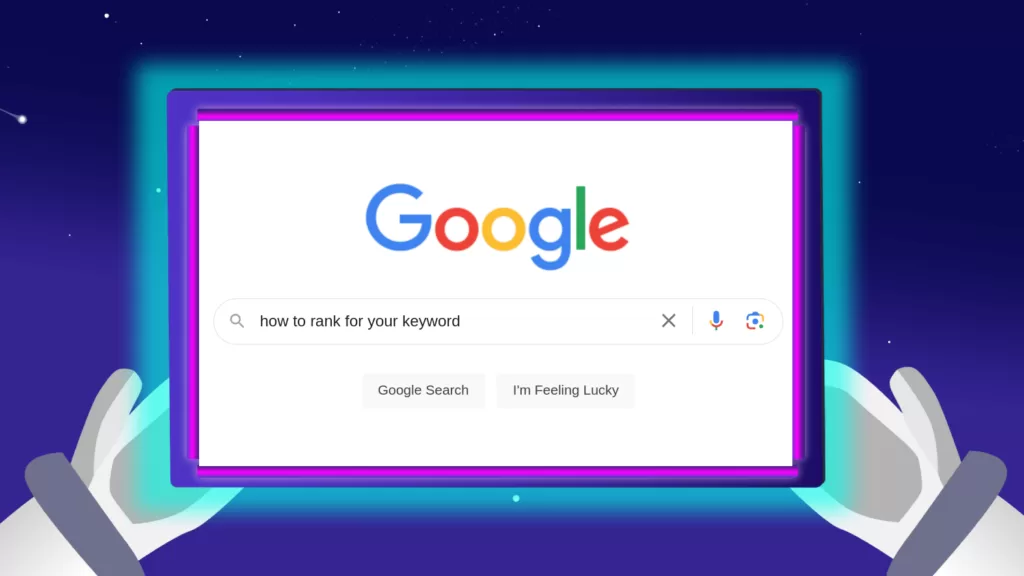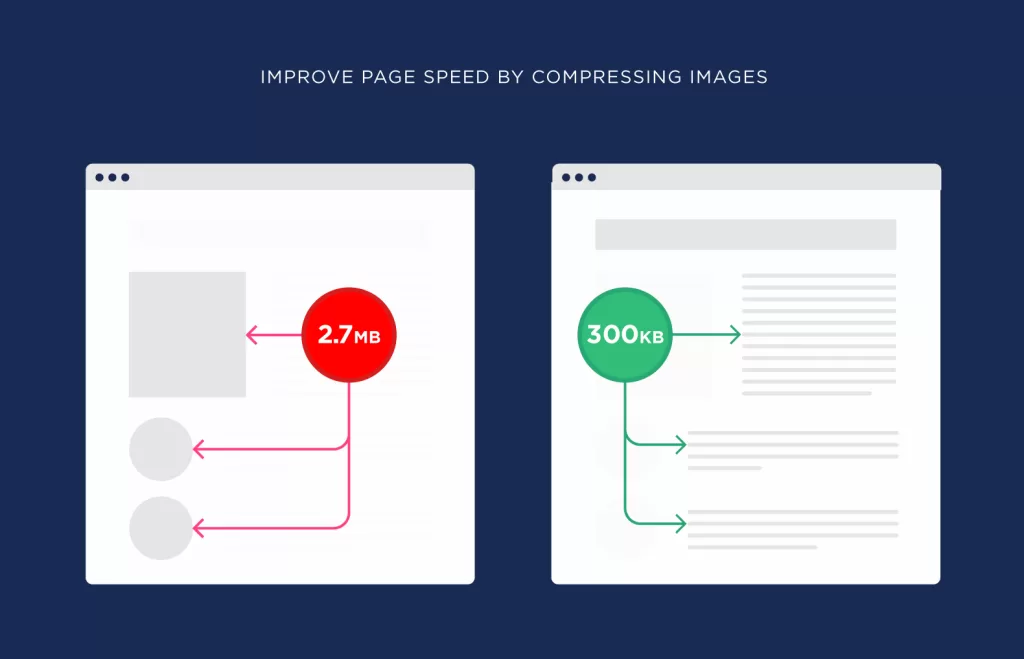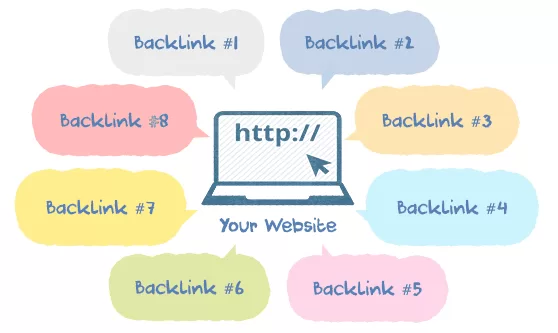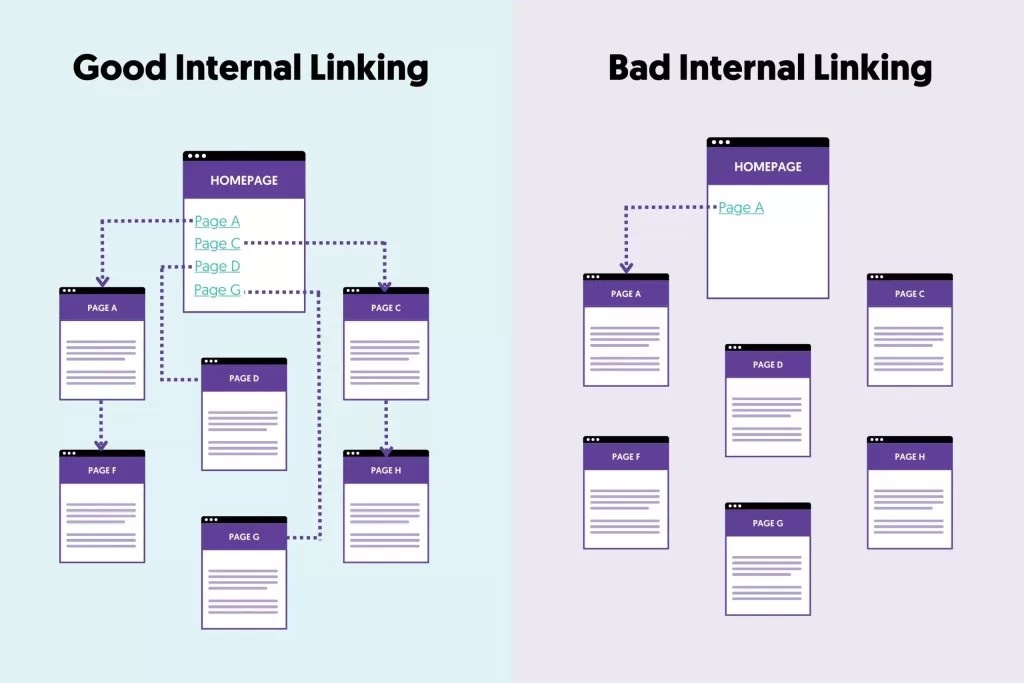How to Get to the Top of Google Search Results (10 Tips)
Getting to the top of Google search results is a highly sought-after goal for businesses, bloggers, e-commerce sites, and marketers alike. As Google handles over 8.5 billion searches a day, the top spot can bring massive visibility, organic traffic, and brand credibility. But climbing to that coveted position requires more than just adding a few keywords. It demands a comprehensive SEO strategy that integrates technical optimization, user intent, high-quality content, and smart link-building tactics.
This in-depth guide will break down ten proven tips to help you reach the top of Google’s search rankings. More importantly, it explains how to do so in a sustainable, white-hat way that supports both SEO performance and user experience.
Understanding How Google Ranks Websites
To succeed in SEO, you must understand how Google ranks pages. Its algorithm considers hundreds of factors, including content quality, backlinks, mobile usability, page speed, domain authority, structured data, and user behavior signals like click-through rate (CTR) and dwell time.

Google’s mission is to provide the most relevant, useful content for any given search query. This means your website needs to offer real value, demonstrate expertise, and meet the user’s intent better than the competition. SEO isn’t just about algorithms, it’s about people. The more your website aligns with what users are looking for, the better your chances of ranking at the top.
1. Start with In-Depth Keyword Research
Keyword research is the bedrock of your SEO strategy. It’s the process of discovering what your audience is actually searching for, how often they search for it, and how difficult it is to rank for those terms. Tools like Semrush, Ahrefs, and Google Keyword Planner can uncover keyword volumes, trends, and competitive data.

You should focus on long-tail keywords, which tend to have lower competition and higher conversion rates because they reflect more specific search intent. For example, instead of targeting “marketing,” aim for “AI marketing strategies for e-commerce” or “local SEO tips for healthcare clinics.”
Once you’ve identified your target keywords, you need to strategically place them in your content, including the page title, headers, first 100 words, meta description, image alt tags, and URL slug. However, keyword stuffing is a major red flag to Google. Always use keywords naturally and focus on answering the user’s intent.
2. Publish High-Quality, In-Depth Content
Content quality remains one of the most critical ranking factors. Google wants to serve users the best answers, and that usually means content that is in-depth, accurate, original, and regularly updated.
Your content should aim to completely satisfy the search intent behind a keyword. If someone searches for “how to improve website speed,” don’t just give them a list of tools explain what site speed is, why it matters, the metrics used to measure it, how to interpret Google PageSpeed Insights, and how to implement fixes.

Long-form content typically 2,000+ words tends to perform better in search results because it offers more comprehensive coverage of a topic. Use visuals, internal links, expert quotes, statistics, and examples to make your content more useful and trustworthy. Updating older posts with fresh data and insights can also maintain and improve your rankings.
3. Master On-Page SEO Fundamentals
On-page SEO refers to optimizing the content and HTML source code of your webpages. This includes several critical elements that influence how Google understands your page:

- Title Tags: Each page should have a unique title that includes your primary keyword and entices clicks.
- Meta Descriptions: Though not a direct ranking factor, meta descriptions impact CTR, which affects rankings indirectly.
- Header Tags: Use H1 for the main title and H2s/H3s for subheadings to structure your content logically.
- Image Optimization: Use relevant filenames and alt text, and compress images to improve load times.
- Internal Linking: Link to other related pages on your site to distribute link equity and improve user engagement.
Clear, well-structured content helps both search engines and users. Think of on-page SEO as the foundation that makes it easier for Google to index your site and for readers to enjoy your content.
4. Optimize Your Website for Mobile-First Indexing
Google now uses mobile-first indexing, meaning it primarily uses the mobile version of your site for indexing and ranking. If your site isn’t optimized for smartphones and tablets, you’ll struggle to rank—even if your desktop site looks great.

A mobile-optimized site needs a responsive design that adjusts to different screen sizes. It should feature readable text without zooming, easily tappable buttons, and a clean layout with minimal popups or distractions. Use Google’s Mobile-Friendly Test tool to evaluate your pages and fix any usability issues.
Since more than 60% of searches happen on mobile devices, prioritizing mobile usability is no longer optional it’s essential for top rankings.
5. Improve Page Speed and Technical Performance
Google considers site speed a ranking factor because it directly affects user experience. Slow websites increase bounce rates and lower user satisfaction, both of which can harm your SEO.

Start by using Google PageSpeed Insights or Core Web Vitals to audit your site performance. Compress images, enable lazy loading, reduce server response times, and minimize JavaScript and CSS to make your pages load faster. Implementing a Content Delivery Network (CDN) can also improve performance by serving content from the closest servers to your users.
Fast-loading pages not only help with rankings but also increase conversions and time on site. Technical performance is a foundational aspect of SEO that should be continually optimized.
6. Build High-Quality Backlinks
Backlinks links from other websites pointing to yours are still one of the most powerful ranking factors. Google views backlinks as votes of confidence, especially if they come from authoritative domains.

Focus on earning backlinks through strategies like guest posting, creating high-value resources (e.g., original research, tools, calculators), collaborating with influencers, and participating in relevant online communities. Digital PR campaigns and broken link building are also effective ways to earn links at scale.
However, not all links are created equal. Avoid spammy, irrelevant, or paid links, which can lead to penalties. Quality over quantity always wins in modern SEO.
7. Create a Strong Internal Linking Strategy
Internal linking helps Google discover new content and understand your site’s structure. It also guides users to related content, improving their experience and keeping them on your site longer.

When you publish a new article, link to it from relevant older content. Similarly, add links from the new post to other important pages on your site. Use descriptive anchor text to provide context.
Internal links also help distribute link equity throughout your site, which can improve the authority of lower-ranking pages. Think of it as building a web of content that supports itself.
8. Use Structured Data Markup
Structured data, also known as schema markup, helps Google understand your content more precisely. It also increases the chance of your content appearing in rich results or featured snippets in highly visible positions at the top of SERPs.

For example, if your content includes a recipe, event, product, review, FAQ, or how-to, using structured data can enable rich snippets that include ratings, prices, or step-by-step instructions. This not only increases visibility but also boosts click-through rates.
Google’s Structured Data Markup Helper and tools like Schema.org make it easier to add and validate structured data on your site. It’s a technical enhancement that offers measurable SEO value.
9. Optimize for Local SEO (If Applicable)
If your business serves a specific geographic area, local SEO is crucial. Start by creating or claiming your Google Business Profile and ensuring all business details (name, address, phone number) are consistent across directories.
Encourage customers to leave reviews, post updates regularly, and use local keywords in your content. Embed Google Maps on your site and create location-specific landing pages for different service areas.
Local SEO helps you rank in the “local pack,” which appears above organic results and drives significant traffic especially on mobile searches. It’s essential for brick-and-mortar businesses or service providers.
10. Monitor, Analyze, and Adapt Your SEO Strategy
SEO is not a one-time task, it’s a dynamic, ongoing process. Regularly monitor your site’s performance using tools like Google Analytics, Google Search Console, and third-party platforms like Semrush or Ahrefs.
Related Article: 9 Ways to Improve SEO Rankings and Traffic
Track metrics such as organic traffic, bounce rate, average session duration, and keyword rankings. Identify which pages are underperforming and test different approaches, such as rewriting content, changing page structure, or optimizing for different keywords.
Also, stay informed about Google’s algorithm updates, which can significantly impact rankings. Adapting quickly to changes ensures your SEO strategy remains effective and future-proof.
Getting to the top of Google search results is not about quick wins or shortcuts. It requires a long-term commitment to quality, relevance, and user satisfaction. By implementing the ten tips outlined in this guide from mastering keyword research to building backlinks and monitoring performance you can position your website for sustainable success.
Remember that SEO is about creating the best possible experience for your audience. The more value you provide, the more likely it is that Google will reward you with higher rankings, increased traffic, and ultimately, more conversions. Keep testing, learning, and evolving your strategy, and you’ll see the rewards over time.


One Response